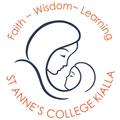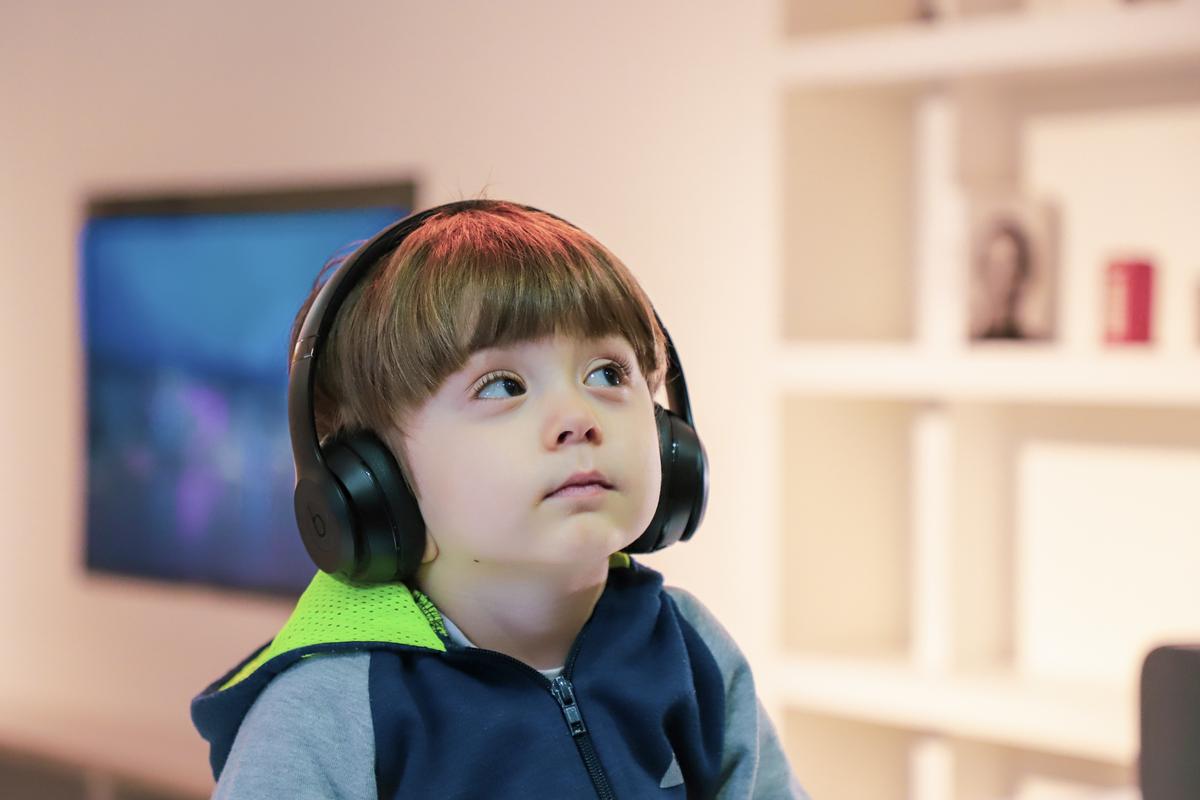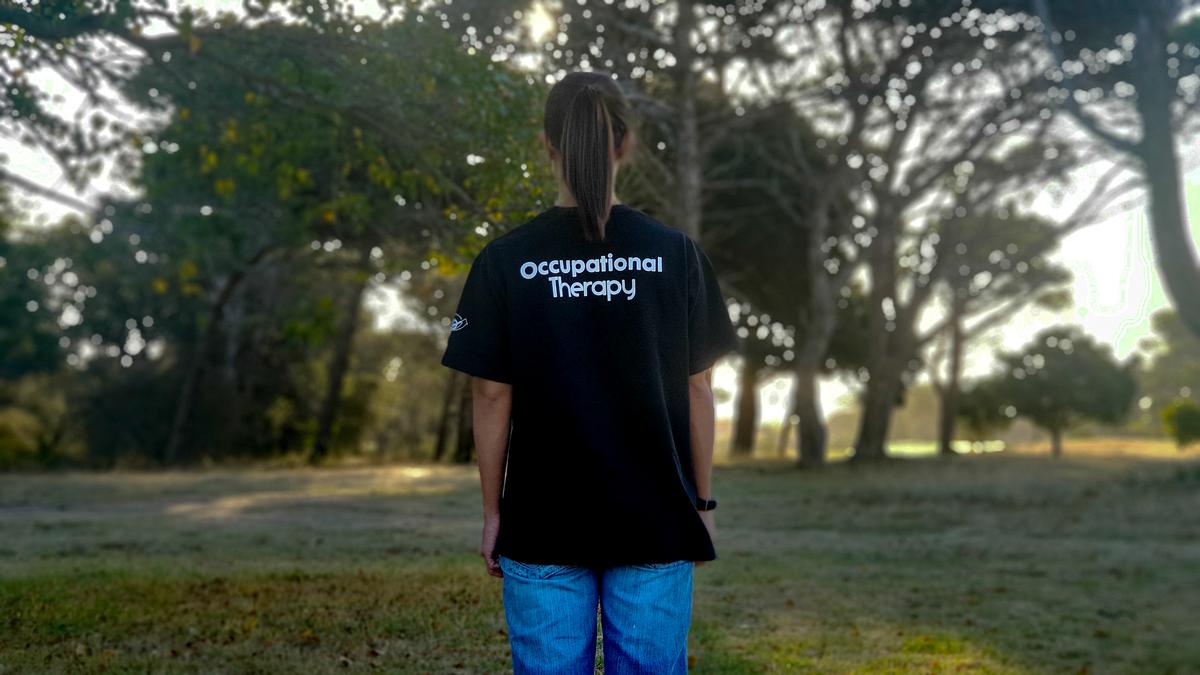Learner diversity

Program Support Group meetings explained
During Week 6 we commenced our PSG (Program Support Group) meetings and they will continue in Week 8. These meetings occur termly and the purpose is to ensure, as a college, we are in consultation with parents (and external services if relevant) of students so that decisions can be made about the reasonable adjustments that will be implemented or have been implemented to support the student.
Consultations about reasonable adjustments must cover:
- the needs of the student and whether an adjustment is required
- whether the adjustment is reasonable
- the extent to which the adjustment achieves its aim*
- whether it is the best adjustment.
* The aim of a reasonable adjustment will differ according to which part of the Standards it relates to:
- enrolment
- participation
- curriculum
- support services or
- harassment and victimisation.
Adjustments are actions taken to enable a student with disability to participate in education on the same basis as other students. This is fundamental to ensuring that students with disability do not experience discrimination. Depending on the circumstances, adjustments can be made to practices, services, policies or procedures in Australian educational settings.
These conversations are recorded as minutes and then shared with families so that any actions required can be followed up and all parties are held accountable.
Six useful steps for a PSG
1. Discuss the student, their strengths, interests, needs and goals.
2. Parents and other associates (external services providers often under NDIS) can provide ideas to help staff members think about ways to support the student’s participation in education from what works in other places.
2. Consider whether adjustments are necessary, and in what situations.
3. Explore ways to address challenges through adjustments, including support services that will enable the student to participate on the same basis as other students.
Put all options on the table, and list them. Include all relevant details, such as who makes the adjustment, and when.
4. Decide which adjustments or forms of support are reasonable, by considering their effects on the student with disability, other students and staff. Anyone can ask for more time to think before making a decision.
5. Agree on how the impact of the adjustments will be monitored and how progress will be communicated to all parties.
6. Close the meeting with a summary of what has been agreed, what each person will do, and when the agreement will be reviewed.
Adjustments: In practice
Examples of adjustments include:
- giving a student with low vision all necessary enrolment information in enlarged text
- providing extra sessions teaching key words for a student with an intellectual disability
- giving a speech-to-text device to a student with a broken arm to assist in preparing assignments
- providing speech pathology services for students with communication difficulties
- allowing a student with anxiety to present their project to a small group of peers rather than to a whole class
- adjusting activities at the annual swimming carnival to enable participation by all students, including those with physical disability
- adjusting seating arrangements so a student with a wheelchair has enough space to move independently around the classroom like other students
- making multiple accommodations if necessary to meet a single learner's needs; for example, learners who require a sign-language interpreter may also need a note-taker because watching an interpreter prevents them from taking detailed notes.
- Rebekah Ryan, Learner Diversity Leader



